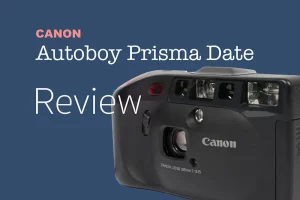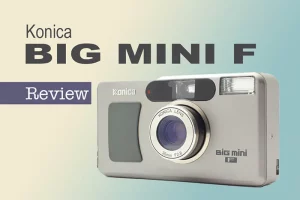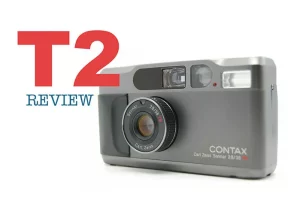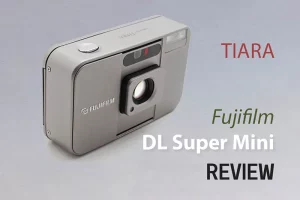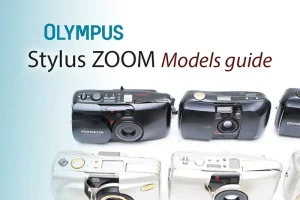Minox 35 ML review: Why the smallest camera is still big
Last Updated on August 12, 2023
The Minox 35ML. A camera in the Fastest, Biggest, Best category. The world seems to revolve only around superlatives. Everything that is only in second or even third place falls into oblivion. Sometimes I catch myself browsing the web to find out what the best lens is, for of course, the best camera. And what’s the best film for a beach vacation anyway?

Table of Contents
Minox 35 ML Specs
| Year release: | 1985 |
| Film type: | 135 film (35mm) |
| ASA: | 25 – 1600 |
| Lens | MINOTAR 35 mm f/2.8 |
| Viewfinder: | Scale Focus |
| Minumum focus: | 90 cm (3ft) |
| Shutter type: | Electronic Leaf Shutter |
| Shutter Speeds: | 1 – 1/500 sec |
| Self timer: | 8 sec |
| Meter: | Coupled SPD Meter, Program and Aperture Priority |
| Battery type: | 6v PX28 Lithium or Silver Oxide |
| Flash Mount: | Hotshoe at 1/125 flash sync |
| Size dimensions: | 97 x 32 x 60 mm, WDH |
| Weight: | 180 g |
Invention
That, or something like that, must have been what Walter Zapp felt. He was driven to create another superlative, this time the smallest camera in the world.
So Zapp invented many pocket cameras under the company name Minox, but also small cameras for 35mm film, which he called Minox 35. In addition to the more well-known models, such as the Minox 35 EL, GT or GT-E, there was also a sister model with the abbreviation ML.
The Minox 35ML was manufactured from 1985 to 1996. It differed from its predecessors with a more angular body and the program automatic, which should make taking pictures easier. Furthermore, the flap was now lockable and could be opened by pressing on the edge of the housing.
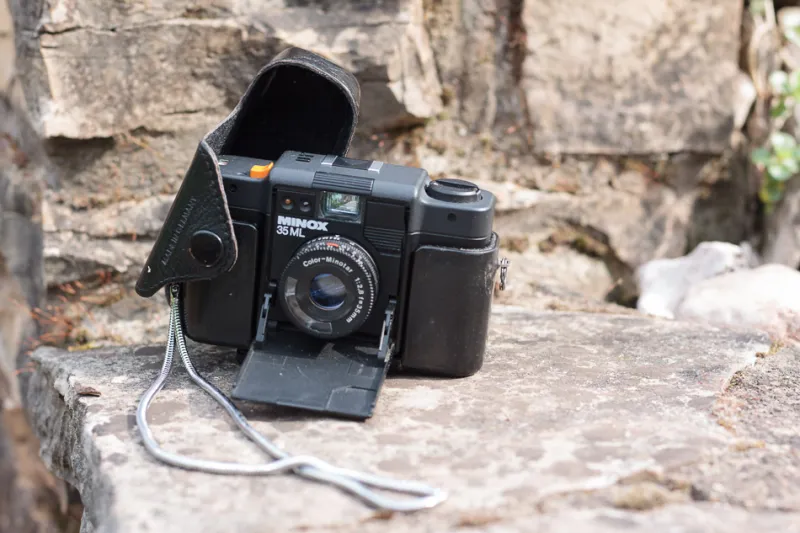
Impressions
When you hold the camera in your hand for the first time, it immediately feels really good, compact, which is what it is, nothing rattles.
The first thing that catches the eye is the orange release button, which nestles ergonomically against the viewfinder box, which is only a few millimeters higher.
Apart from that, apart from the name, only the silvery matt flash shoe and the white frame counter stand out from the camera body, which is completely black.
Black Beauty
Let’s stay on top. The film rewind lever is typically found on the left side. When closed, it cleverly clicks into place to prevent it from unintentionally folding out.
To the right of the hot shoe are both a battery test button and a backlight switch, which, when pushed to the side, reveals a “2x” highlighted in red. The camera then exposes twice as long. The camera even has a thread for attaching a cable release. This is right next to the trigger.
The back
The back, on the other hand, only offers three elements. The viewfinder, a switch to activate the self-timer and the film transport lever. In the case of the Minox 35ML, the viewfinder is nothing to brag about. Given the size of the camera, the viewfinder is also quite small.
If, like me, you like shop-window-sized views in a camera, it’s more of a disillusionment. But it is very tidy when looking through. There is a square viewfinder frame and eight elements that can be illuminated by a red LED. These are the P mode, an underexposure warning, times from 1/30 to 1/500 at a distance of one f-stop and finally an overexposure warning.
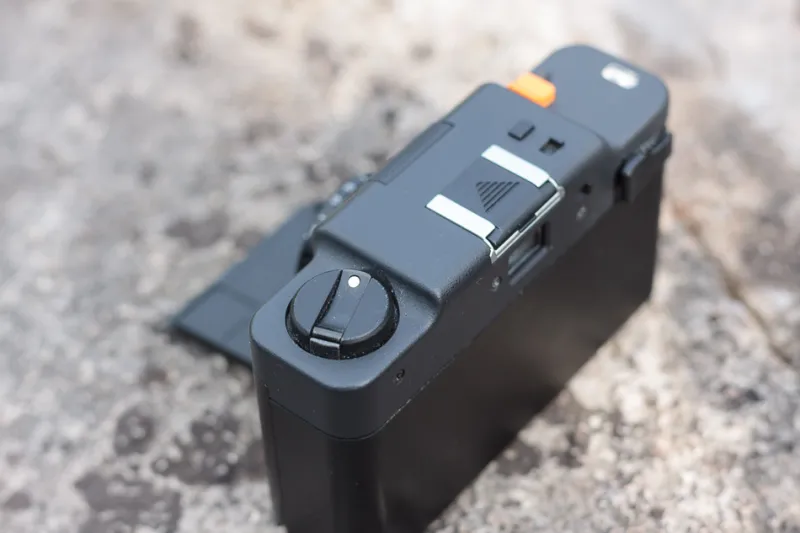
The Minox 35 ML can also do double stroke
The film transport lever often caused misunderstandings when the Minox 35 appeared. Some buyers complained that it wasn’t working properly. As with one of the older Leica M3s, the lever has to be pressed twice to advance the film one frame.
In addition to the tripod thread, the underside of the Minox 35 ML offers a rewind button, a lock for opening the back, and a wheel for setting the film speed. This still offers enough options today: from ISO 25 to 1600 in third f-stops.
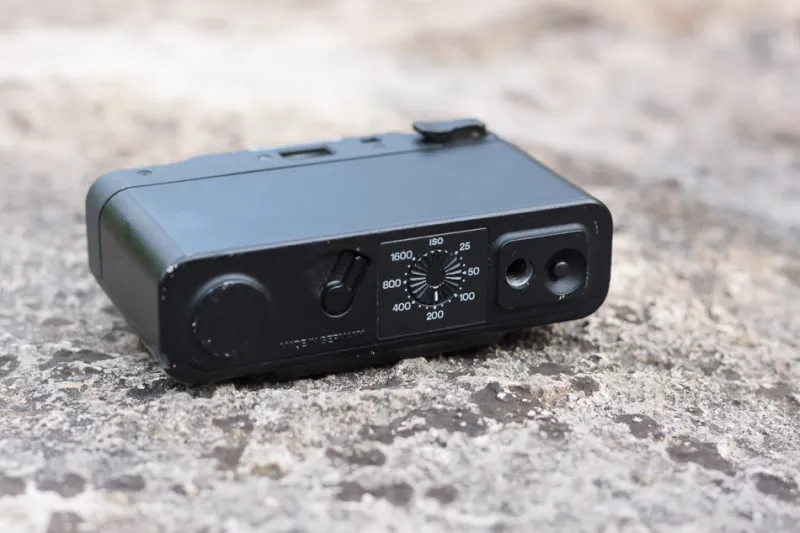
Understated
Viewed from the front, you only see the name of the camera: Minox 35 ML. However, if you press the button on the top, a cover pops open revealing the main parts of the camera: viewfinder, lens, battery compartment, self-timer lamp and a CdS cell for diode control. The mechanism for opening makes a stable impression and you don’t have to worry about bumps and bumps causing defects.
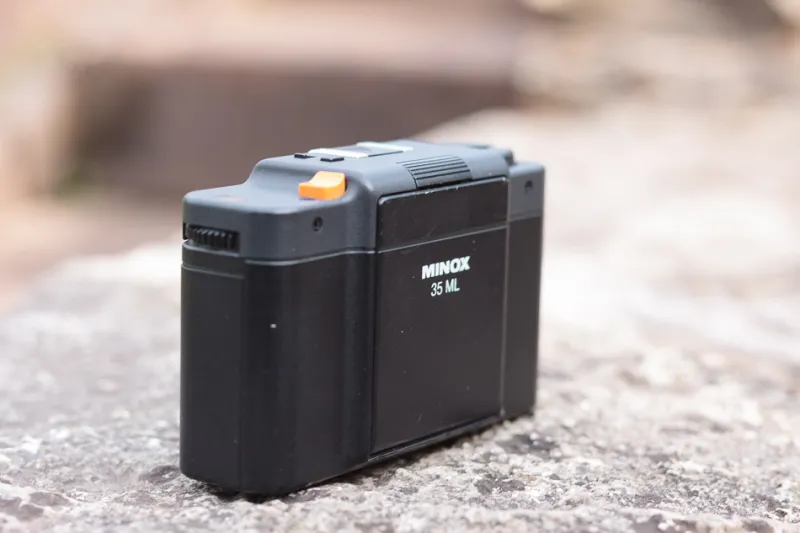
Extra data of the Minox 35 ML
An advantage of the design of the Minox 35 ML is that no foam light seals have been used. The rear flap snaps into place, eliminating the need to use sealant.
This is of course grateful when you are on the hunt for used cameras, because if no foam was used, it does not have to be replaced either. In addition, the 6-volt batteries are still easy to buy today.
The Color Minotar 35mm 2.8
Now we come to what is perhaps the most important part of every compact camera, the lens. It’s called Color-Minotar and has the classic focal length of 35mm. With an open aperture of 2.8 it does well for such a compact lens compared to other compact cameras.
There are some with a one before the decimal point, but then there are compromises.

Handling the Minox 35 ML
The lens cleverly moves out of the camera body when the protection is opened. The four-lens lens is 3.2 cm in diameter and just 1.5 cm long.
It can be focused on the front edge, where the distance label is also applied. It works surprisingly well, even with one finger.
That’s a good thing, because the fact that the flap behaves like a floor under the lens makes it much more difficult to adjust with two fingers.
You either have to reach around the flap or operate it from the front. Not exactly what you would call ergonomic.
The problem of the aperture ring
Exactly this problem occurs with the aperture ring. This offers markings in whole f-stops from 2.8 to 16, which do not snap in, and a P position, which is somewhat separated from both the distance and the turning resistance. Basically a good solution, but I found it very cumbersome to adjust the aperture. Maybe it’s because of my finger size.
Sharpness

The small Color Minotar is quite appealing. Even with an open aperture, it shows good sharpness.
A little bit better dimmed. In my experience, the biggest problem with getting maximum sharpness is the focusing method.
Since the viewfinder does not have a focus field, the distance scale must be used to estimate the distance. Naturally, this is easier the more closed the aperture is, but even then, there can be misfocusing. In this case, of course, the sharpest lens is useless.
Bokeh

Despite the open aperture problem just mentioned with regard to focusing, the Minox 35 ML offers a bokeh that is worth seeing.
I like the blur in most of the pictures. While it doesn’t offer anything extraordinary, such as B. a swirly bokeh, but busy backgrounds are not obtrusively obtrusive. That’s more than some other lenses can do.
Distortion and chromatic aberrations
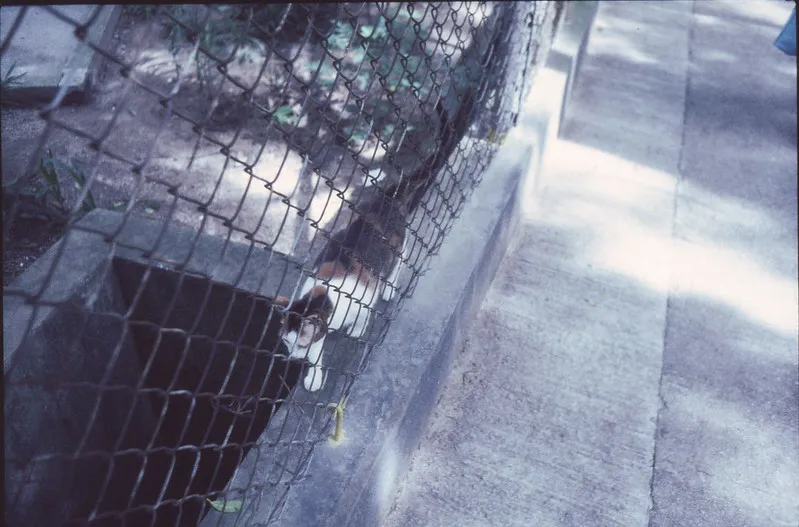
I didn’t notice anything in either area. Of course that speaks for the camera. As I said above, I didn’t take any extra photos of brick walls, but all of the images are distortion-free. And I couldn’t find anything on the contrasting edges either, which surprised me a bit.
Backlight behavior and aperture stars
Photographed against the light, the images lose contrast. There is also no option to attach a lens hood, which is a shame. But it should also be obvious that such a compact lens cannot excel in all respects. There are no aperture stars here, as the lens only has 2 aperture blades. I can get over it.
The Minox 35 ML in action
How does it photograph with such a compact camera? My first impression was that small hands are really an advantage.
The camera was too small for me. Even if it still fits well in the hand for its tiny size. The hinged lid bothered me the most. Somehow I didn’t want to get too warm with the aperture adjustment, by moving my thumb and forefinger to the aperture ring from the front. I like a sliding mechanism like that offered by the Olympus XA or Olympus Mju much better.
The zone focus
Otherwise it is probably a matter of getting used to taking photos with zone focusing. At aperture 11, according to the scale, e.g. B. everything sharp from approx. 1.8 to infinity.
The more open the aperture, the more difficult the setting becomes. What I really liked is the reading memory when the shutter button is half-pressed. The same goes for the easy-to-use, logical switches for backlight shots and the self-timer. These are also immediately noticeable if you forget to put them back.
The viewfinder
You can also live well with the double elevator. Despite its compactness, it is easy to use and not only uses an even more compact gear wheel, as is the case with many single-use cameras. Still, the camera also offers the gear option.
The small viewfinder is of course a victim of the compact design. Anyone who has already read my other tests knows that the viewfinder can’t be big enough for me. But you have to give him credit for two things: he’s tidy and you can see enough.
The perfect street photo camera?

Another point that made me happy is that the film sensitivity can be adjusted from ISO 25 to 1600. Especially the 1600 make perfect sense for me with this camera.
The only application I could think of with this camera would be street photography. Small, absolutely inconspicuous and relatively quiet are properties that the street photographer appreciates.
Then a Tri-X on ISO 1600 in the Minox 35 ML to achieve the greatest possible depth of field and the compact street cam is done. In this application, image errors due to incorrect focusing are also minimized.


